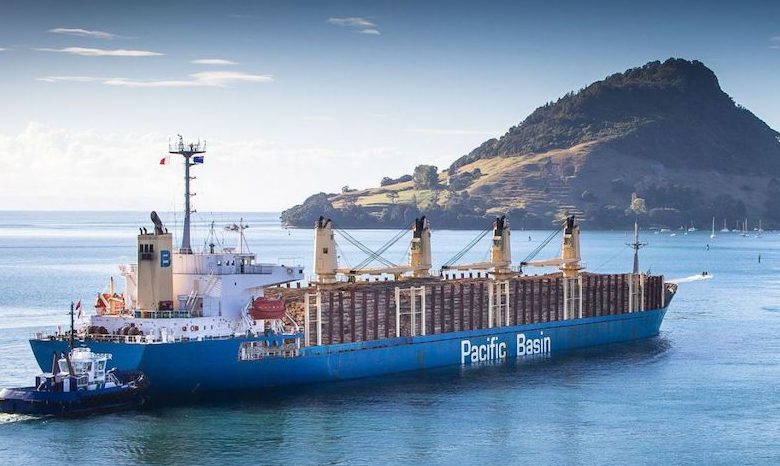Pacific Basin valuation approaches need a rethink

During the peak of China-induced global peak in commodities boom around 2008 I spoke at a shipping conference in New York that another analyst and I helped arrange. A New York-listed shipping company CFO got up and pointed the finger at analysts like myself who preferred to continue traditional NAV derived valuations for asset based shipowning companies, stating that the industry was moving on and we could now shift to PE (price/earnings) valuations. Ultimately, most analysts probably have gone back to NAV, DCF (discounted cash flow) and book values to anchor their valuation approaches. These approaches make the most sense for looking at core assets, especially if the shipowners earn their keep on charters. Additionally, we should use different metrics at industry bottoms and tops – and in the middle of cycles.
Of course, asset light businesses like logistics require a more earnings-based approach.
But in shipping beyond direct shipowning, I think we can look at different parts of a business with different approaches. Of course, if we have a company like Diana Shipping which mostly owns ships and puts them out to charter, the valuation approach is more uniform and straight forward.
Pacific Basin offers us a two to three part valuation approach. Owned ships can be looked at from the perspective of book NAV and NAV. And there are a lot of ships! And then we need to look at the charter-in fleet. How much value does it add?
Pacific Basin Version 2.0 in 2004 (after its Hong Kong relisting) had about 21% chartered in vessel days for handysize. By 2008 its handysizes were about 55% chartered in. And by 2013, chartered in handysizes peaked around 64%. After 2007, PB’s handymax business also boomed and charter-in tonnage started around 95% in 2008 in terms of vessel days.
By mid-2017, PB was about 5x the size of 2004 in terms of handysize vessel days, and the handymax/supramax business had gone operationally from nothing in 2004 to being just about two thirds the size of the handysize fleet.
But what perhaps is lost in perspective, especially now that the scale of operations and vessels owned are so much larger, is that PB is chartering in a small navy of handy and supramax vessels, which exhibit a different operating and earnings profile than its core owned vessels. The current long-term charters will perhaps phase out more into ‘legacy’ vessels owing to higher costs associated with the timing of the charters. There was more risk associated with these vessels during the BDI sub-1,000 period. But as 1) the market holds at more profitable levels, and 2) as we move closer to when the charters expire, these legacy vessels will present less of a drag on financials. At least this is my thinking, though a clear and precise breakdown can never be clear without putting out the exact numbers.
Once we strip out the long-term charter vessels from total charter vessels, we are left with an always fluctuating fleet of short-term charter vessels. And what becomes clear is that Pacific Basin operates a substantial business of dynamically-managed handysizes and supramaxes that generate profits in most years. This is a business which requires skill and effort which should be rewarded. PB, of course, will not tell us these profits directly. They will only disclose years in which there are losses, which is not ideal, but fair enough.
What we know is that this short-term charter-in fleet makes money most years. And that, for instance, a few months back it had about 120 vessels operating in this business. Operating this fleet also helps to maximise operations of the core fleet while also earning its keep.
So, the point is, especially in a dry bulk market that has stabilised a little and which may yet show more strength with stronger commodities, that we need to value the short-term charter business separately and that this business should be valued on top of the core NAV or book NAV approach.
I would like to thank Pacific Basin management for taking the time a few weeks ago to sit down and answer my questions.
